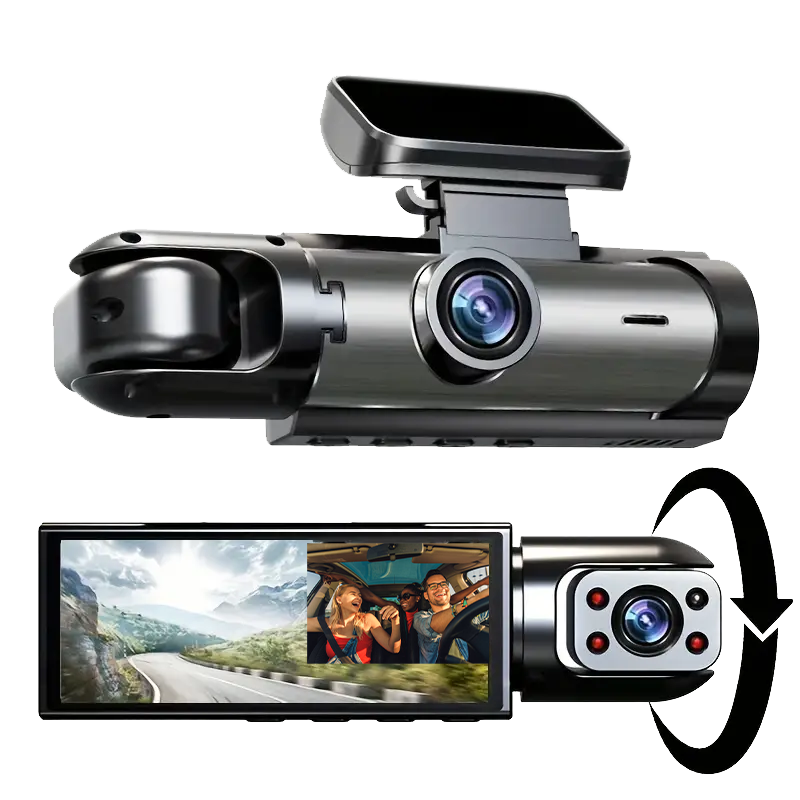
Nissan Maxima Second Generation 1985–1988

| Second generation (PU11) | |
|---|---|
 |
|
| Overview | |
| Production | July 1984 – August 1988 |
| Model years | 1985–1988 |
| Assembly | Japan: Oppama Plant, Yokosuka, Kanagawa |
| Body and chassis | |
| Body style | 4-door sedan 4-door hardtop sedan (Japan) 5-door station wagon |
| Layout | Front-engine, front-wheel-drive |
| Related | Nissan Bluebird (U11) |
| Powertrain | |
| Engine | 2.0 L VG20E/VG20ET V6 (Japan) 3.0 L VG30E V6 |
| Transmission | 5-speed RS5F50A manual 4-speed RL4F02A automatic |
| Dimensions | |
| Wheelbase | 2,550 mm (100 in) |
| Length | Wagon: 184.8 in (4,694 mm) Sedan: 181.5 in (4,610 mm) |
| Width | 66.5 in (1,689 mm) |
| Height | Sedan: 54.7 in (1,389 mm) Wagon: 55.7 in (1,415 mm) |
In the fall of 1984, the first front-wheel drive Maxima (based on the Bluebird U11) was introduced for the 1985 model year.
This Maxima was available with a 157 hp (117 kW), 3.0-liter VG30E V6 engine and a four-speed automatic or a five-speed manual transmission. In Japan, a smaller 2.0-liter version of this engine was fitted. These engines were the first V6 engine to be mass-produced in Japan. The second generation was assigned compact status in the US market. This was the last generation to be available as a station wagon, a version which had been offered since the Datsun 810 days.

1987 Nissan Maxima sedan (US)
Nissan Maxima wagon (US)

U11 series Nissan Bluebird Maxima hardtop (Japan)
In late 1986, the 1987 Maxima was introduced with a freshened exterior and interior. Automatic shoulder belts were now found on both the 1987 sedan and wagons built after February 1987. Luxury amenities were offered on both the "base" GL, later renamed GXE and SE trim levels. Such features for the GL/GXE included digital touch entry system on the driver and passenger side door panel, power windows, locks, antenna, power seats, remote trunk release, voice warning system, optional leather seating, optional heated front seats, an optional Electronics Pkg (a sedan exclusive, it included a digital instruments and a trip computer) and an optional power sunroof (sunroof was standard on Maxima wagons). 15-inch alloy wheels were standard for the Maxima.
An exclusive option for 1988 was the Sonar Suspension System -which was part of the Electronics Pkg- replacing the trip computer that was previously offered. This feature used sonar waves to monitor the road conditions ahead and adjusted the shocks accordingly for the most controlled ride. 1988 was also the year that the previously standard digital touch system offered on the GXE sedan became part of the 'Electronics Package' option as well. The SE (and some GXEs) offered dual power seats, a five-speed manual transmission, three-way shock adjust suspension, front and rear windshield defroster, and a factory-installed security system. The SE also has a small rear spoiler, all-wheel disc brakes, black side rear view mirrors, and body molding (GXE got body-color side rear-view mirrors and matching body molding). Again, the Maxima's prime competitor was the similarly specified Toyota Cressida, which remained rear wheel drive. The Maxima provided a combination of luxury and sporty features while the Cressida was generally seen as being softer and more luxurious.
The Japanese market "Bluebird Maxima" received either four-door hardtop sedan or pillared sedan bodywork and a 2.0-liter V6 engine (with an available turbocharger). It received the smaller V6 engine so that it would comply with Japanese Government dimension regulations that tax larger vehicles. The station wagon bodywork was not available in the home market, with the hardtop exclusive to Nissan Bluebird Store Japanese dealerships.

